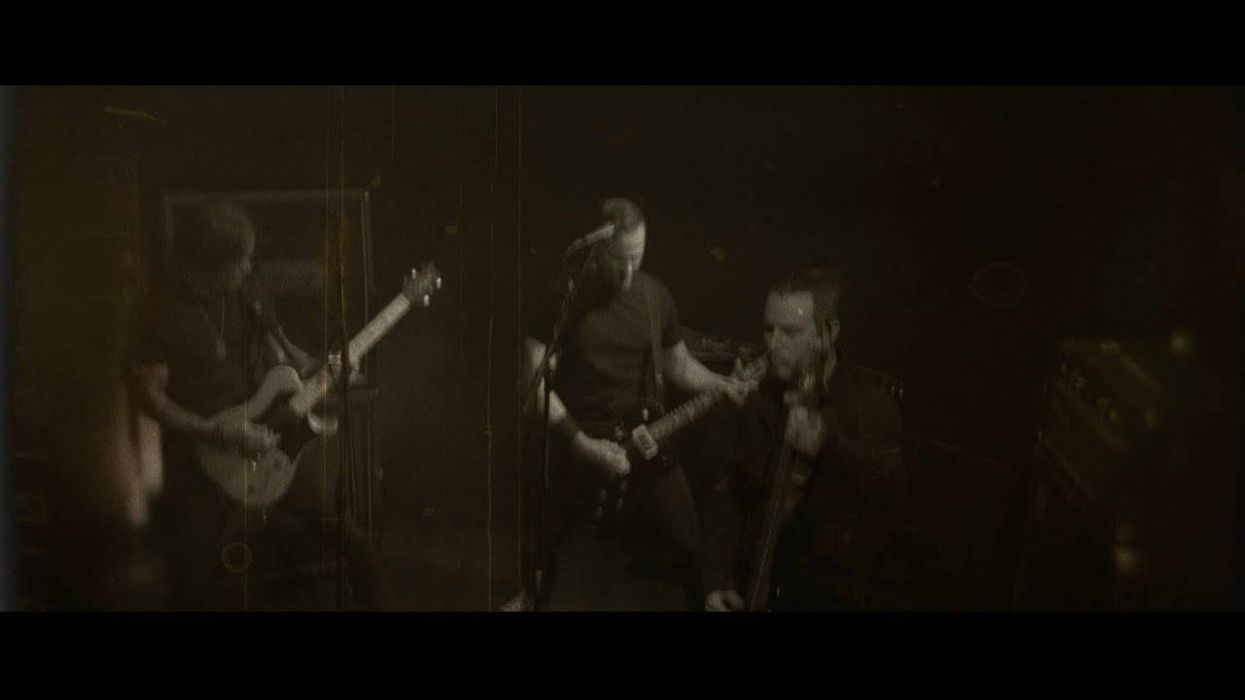There is a lot of talk in the guitar universe about the need for an instrument to have a straight neck. In general terms, a straight neck seems like it would be critical for a guitar to play well. In reality, for a guitar or any other stringed instrument, a truly flat or straight playing surface underneath those strings isn’t necessarily the most functional shape. What most guitar makers mean when speaking about straight necks is actually a predictable, controllably stable neck. To achieve this, makers rely on careful wood seasoning and neck shaping to prevent wood’s wily ways from unintentionally warping the playing surface. In addition, most modern steel-string-guitar makers use some form of an adjustable metal rod to control the neck’s ability to bend in a desirable way.
A basic characteristic most players want from a guitar is for it to be easy to press the strings to the frets. To help achieve this, and to ensure the pitch accuracy of the notes we play, a maker wants the string to be as close as possible to each fret to reduce the finger pressure required to stop the string, while also preventing the string from bumping into other frets as it vibrates. To help achieve this ideal, the frets should be arrayed so they closely match the arc of a string in motion, which is distinctly different than closely matching the straight line a string forms while at rest.
Looking at the strings from the player’s position, it’s easy to strike an unfretted open note and watch the string create a cat’s-eye-shaped pattern over its length. With the string held somewhat still at the nut and saddle, the ends of the string appear to move very little, and the middle of the string moves a substantially visible amount from its resting position. While we know the entire structure of nut, string, and saddle together is creating the sound we love when in motion, the string appears to make an oval-shaped pattern over its length between the two stopping points. Knowing this, it’s clear why the fretboard surface needs to match this lengthwise arc of string motion in order to position the frets as close to the string as possible. Otherwise, a truly straight fretboard surface either bumps into the string as it vibrates—creating rattles and reducing amplitude and resulting volume—or the string needs to be moved farther away, making the guitar harder to play with less-accurately pitched notes.
As steel strings are stretched along the fretboard, the relatively slender neck will bow toward the strings as they are tightened, often creating more curvature than is desirable. To achieve an adjustable amount of lengthwise fretboard curvature, truss rods were created to minutely counter the forward bending induced by string tension. In a truss rod’s simplest form, a long steel bolt is positioned inside the neck very close to the shaped rear portion and tightened. It acts as a balance/counter-tension for the tight strings, with the neck and fretboard wood between the strings and the metal rod acting as a fulcrum of sorts in this remarkably effective and simple arrangement.
Since necks are usually made of wood, there are times when the wood’s own internal stresses can easily overcome the tension exerted by the strings and warp backwards away from the strings. This condition is known as “back bow” and makes a neck nearly impossible to set up to play comfortably. To prevent this, makers devised a system that incorporates two metal bolts inside the neck, which are attached to each other at both ends, usually via opposite-direction threads. One bolt is adjustable while the second bolt is held in place. Adjusting the threaded bolt causes the second fixed-length rod to press against the underside of the fretboard in the middle of the neck’s length, bending the neck away from the strings. Adjusting the movable bolt in the opposite direction causes the fixed rod to press against the underside of the fretboard near the nut and body joints, forcibly bending the neck to curve forward.
Whichever system is used, a predictable, controllable neck with a small amount of forward curve is crucial for a great-playing guitar. While a truss rod should not be used to control overall string height, it is certainly one of the more important aspects in making a guitar comfortable and enjoyable to play for years to come.

















